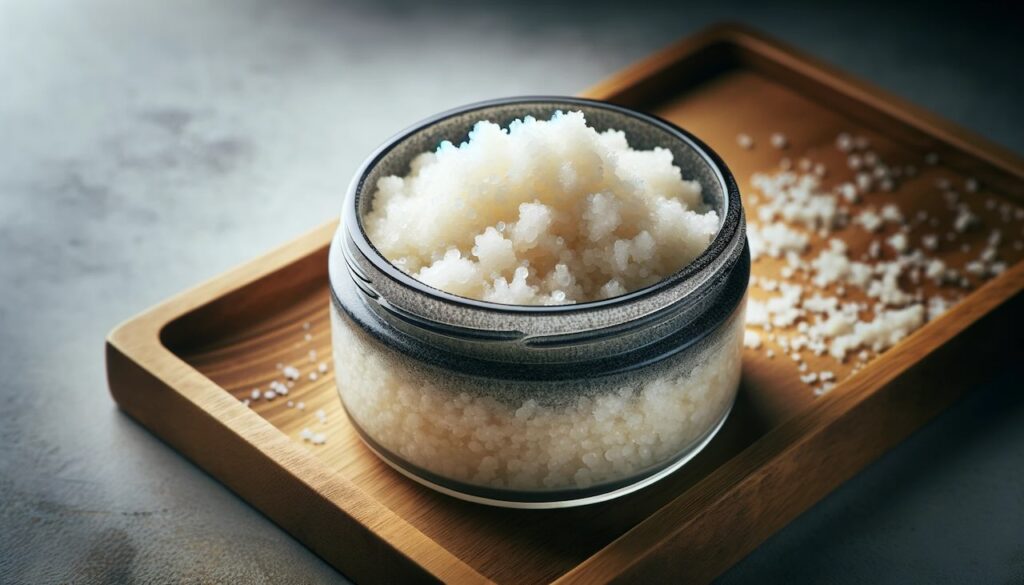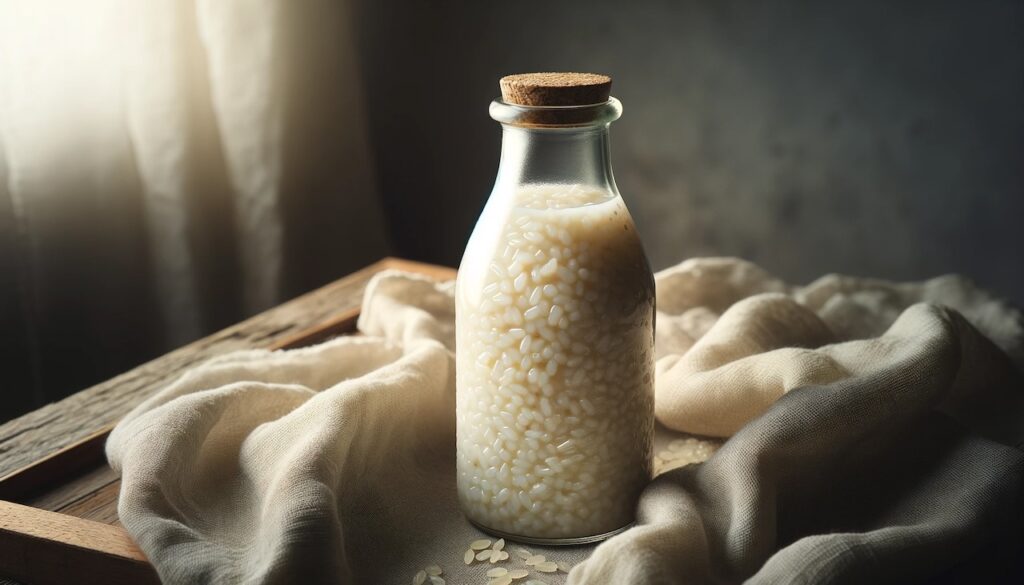Have you ever wondered what gives Japanese cuisine its unmistakable depth of flavor and rich umami?
Behind many of Japan’s most iconic foods lies a quiet but powerful force: koji — an ancient fermentation starter that has shaped Japanese culinary traditions for over a thousand years.
In this guide, we’ll explore the three main types of koji — white, black, and yellow — and discover how each contributes its unique magic to Japan’s fermented delicacies.
For a complete introduction to koji’s cultural and historical roots, see:
👉 The Complete Guide to Koji: Japan’s Ancient Fermentation Secret Behind Miso, Soy Sauce, and Shio Koji
What Is Koji?
Koji refers to grains such as rice, barley, or soybeans inoculated with a fermentation mold called Aspergillus oryzae and its related strains. Far from being something to avoid, this friendly mold produces powerful enzymes that break down proteins, starches, and fats into amino acids, sugars, and aromatic compounds, unlocking umami, sweetness, and complex flavors.
Different strains and growing conditions give rise to three major varieties of koji, each playing a unique role in Japan’s diverse fermented food culture.
White Koji: The Sweet Alchemist
White Koji (Shiro Koji) is cultivated by growing Aspergillus oryzae on steamed rice under controlled conditions, producing abundant enzymes that generate sweetness and umami. Visually, it has a fluffy, snow-white appearance and a clean, slightly sweet aroma.
Key Uses:
Shio Koji: White koji forms the basis of this versatile modern seasoning, used to marinate meats, enhance vegetables, and add natural umami to countless dishes.
👉 Shio Koji: Japan’s Ancient Secret for Unlocking Deep Umami Flavors
Shochu (especially in Kyushu): White koji is often used in distilled spirits, where its high citric acid content helps control fermentation and creates a refreshing, smooth profile.
Occasionally in Sake: Though yellow koji is traditionally used for sake, some modern sake producers experiment with white koji to craft distinctive flavor profiles.
Amazake: A naturally sweet, non-alcoholic fermented rice drink created when white koji breaks down rice starches into sugars.
Light Pickles: Used to ferment vegetables, adding mild sweetness and tenderness.
Black Koji: The Aromatic Powerhouse
Black Koji (Kuro Koji) is cultivated from Aspergillus awamori, and is notable for producing high levels of citric acid, which naturally inhibits unwanted bacteria during fermentation, especially in Okinawa’s warm climate. Visually, black koji has a deep, charcoal-like color and produces a vibrant, citrus-like aroma.
Key Uses:
Awamori: Okinawa’s iconic distilled spirit relies on black koji to generate complex flavors and crisp acidity.
Kokuto Shochu: A unique Okinawan brown sugar-based spirit that combines black koji with rich molasses notes.
Yellow Koji: The Umami Master
Yellow Koji (Ki Koji), a classic strain of Aspergillus oryzae, plays a central role in Japan’s most widely known fermented seasonings. Slightly yellowish in color, it excels at producing both amylase for sweetness and protease for umami, making it essential for crafting the umami-rich pillars of Japanese cuisine.
Key Uses:
Miso: Fermented soybean paste packed with savory complexity, made possible through yellow koji’s enzymatic breakdown of soy proteins.
Soy Sauce: Yellow koji works alongside soybeans and wheat to create the deeply flavorful, umami-rich liquid seasoning beloved worldwide.
Traditional Sake: Most premium sake relies on yellow koji’s enzymatic balance to convert rice starches into fermentable sugars, resulting in its signature smooth and elegant taste.
Why Koji’s Diversity Matters
Each variety of koji contributes distinct characteristics that shape the flavors, aromas, and textures of Japan’s fermented foods. By understanding these subtle differences, we gain deeper appreciation for both the artistry and science behind Japanese culinary craftsmanship.
Koji’s diversity reflects the broader philosophy of Japanese food culture: a balance between nature, time, and careful human guidance, a quiet dialogue between the visible and invisible forces that give life to food.
Conclusion: The Silent Architect of Flavor
Koji remains one of Japan’s most profound yet often invisible culinary treasures. Whether in the smooth refinement of sake, the comforting savoriness of miso, or the delicate acidity of awamori, koji’s enzymatic magic transforms simple ingredients into timeless delicacies.
By exploring the different types of koji, we not only deepen our appreciation for Japanese food but also glimpse the quiet harmony between nature, craftsmanship, and centuries of tradition.


